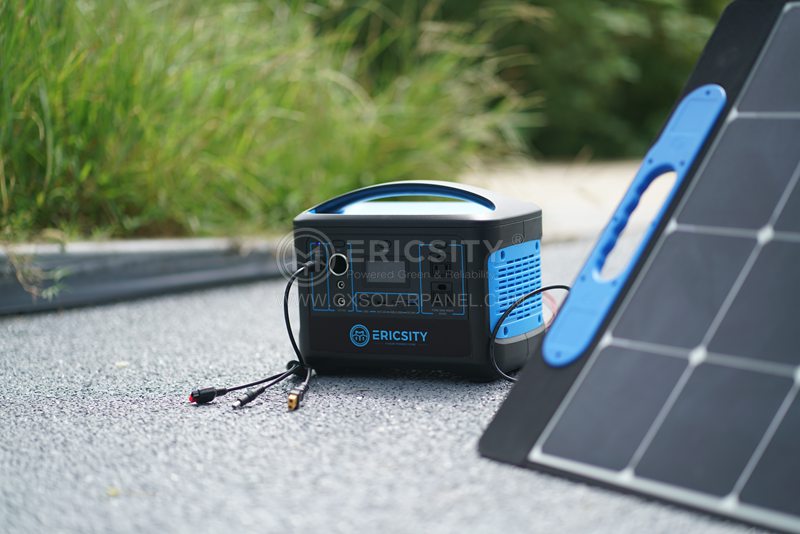HOT PRODUCT
Product Details
Solar Technology In Action: Real-life Applications Of Flexible Panels
Title: Solar Technology In Action: Real-life Applications Of Flexible Panels
Introduction (75 words):
Solar technology has witnessed significant advancements in recent years, with flexible solar panels emerging as an innovative solution to harnessing solar energy. Unlike traditional rigid panels, flexible panels offer numerous advantages such as increased versatility, better aesthetics, and easier installation. This article explores some real-life applications of flexible solar panels, highlighting how they are being utilized across various industries and everyday life scenarios.
1. Solar-powered Wearable Devices (100 words):
Flexible solar panels have paved the way for the integration of solar power into wearable devices like smartwatches, fitness trackers, and even clothing. By embedding lightweight, flexible panels into the fabric, these devices can generate power from sunlight, reducing the need for frequent recharging and increasing their portability. This application has great potential in outdoor activities, where wearable devices can recharge during daylight hours, ensuring uninterrupted usage and reducing dependence on batteries.

2. Transportation: Solar-powered Vehicles (125 words):
The automotive industry is adopting flexible solar panels to power electric and hybrid vehicles, reducing reliance on traditional charging infrastructure. These panels can be integrated into the body or roof of vehicles, capturing sunlight as they move. The generated power supplements the vehicle’s battery, enhancing its range and reducing carbon emissions. Solar-powered cars and bikes benefit from this technology, making them an eco-friendly mode of transportation and ideal for daily commuting.
3. Architectural Integration (125 words):
The architectural industry has embraced flexible solar panels to integrate renewable energy solutions within building designs. These panels can be incorporated into windows, facades, and roof structures, effectively turning buildings into self-sufficient power sources. By harvesting solar energy, buildings can reduce their reliance on grid electricity and lower their carbon footprint. Moreover, the flexibility and lightweight nature of these panels enable architects to explore innovative designs without sacrificing aesthetics.

4. Portable Charging Solutions (150 words):
Flexible solar panels have revolutionized portable charging solutions. They are now widely used in camping, hiking, and other outdoor recreational activities where access to electricity is limited. Compact and foldable, these panels can be easily carried in backpacks and unfolded to harvest sunlight, converting it into usable electricity to charge smartphones, power banks, and other portable devices. This application is not only practical for outdoor enthusiasts but also serves as an emergency power source during natural disasters or in remote areas with limited infrastructure.

5. Remote Industrial Applications (150 words):
Flexible solar panels find great use in remote areas where power infrastructure is limited or non-existent. They are employed to power remote monitoring systems, sensors, and equipment, ensuring continuous operation and reducing maintenance costs. These panels can be incorporated into buoys, weather stations, and even in agricultural applications like irrigation systems. Additionally, they enable the deployment of off-grid solar solutions in rural areas, providing electricity for lighting, small appliances, and improving overall quality of life.
Conclusion (50 words):
Flexible solar panels have unlocked a multitude of real-life applications across various industries. From wearable devices to vehicles, architecture, portable charging, and remote industrial use, these panels offer sustainable, clean, and efficient power solutions. As solar technology continues to advance, the versatility and affordability of flexible panels represent a promising future for harnessing the abundant energy of the sun.




